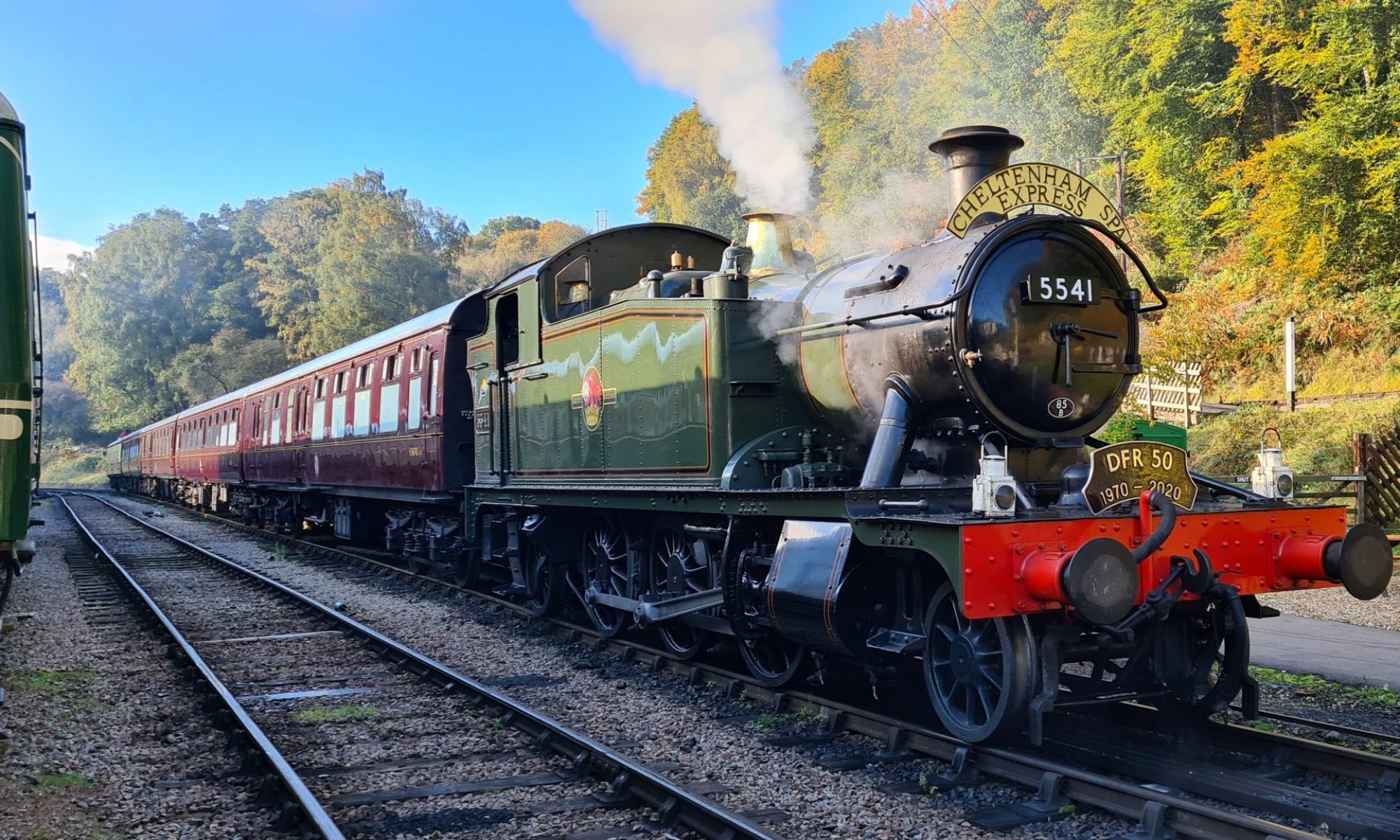The overhaul of our Pannier 9681 is progressing well. The cylinder block has been removed and the bores skimmed. The next step is for cylinder liners to be fitted and the ‘block split for work on the valve post faces. The reason for all this work is down to wear over the years. After several years of use the cylinder bores – which should be perfectly round – start to become oval. The cylinders get to a point where they no longer form a seal around the piston and start leaking steam. This reduces the amount of power available to the driver and causes even more wear and tear. The solution is to skim the bores of the cylinder – only just enough so that they clean up, and fit new liners. The liners are a little like sleeves. However, the liners are larger in diameter than the cylinder bores that they need to fit into. They are fitted by freezing them so that they shrink. Once slid into place they slowly thaw and expand into their new home, good as new and ready for several years of service.
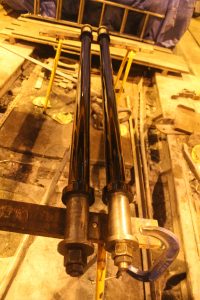
The brake gear for the loco has been refurbished. This involved complete disassembly and replacement of many, many wear bushes, and the manufacture of replacement pins. Where possible we use CNC technology for the manufacture of “batches” of pins etc.
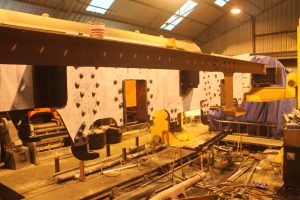
The frames are being painted and filled. We have learned through experience on 5541 that pits and holes caused by corrosion over the years are a trap for dirt. Oil, grease and dust fill these holes and it is a horrid and dirty job keeping it clean. This time we have gone to town on filling all these pits and making the frames – inside and out as flat as possible. The spokes on the wheels will receive the same treatment, as will anything else we can find which is a trap for dirt.
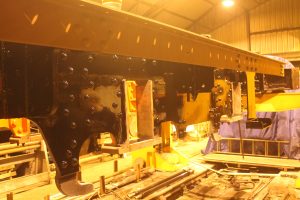
Meanwhile the air pump has also been receiving attention. GWR engines are, with a couple of exceptions, fitted with air pumps. These pumps are fitted to the frames and operate via the loco’s cross head – which in turn is attached to the piston and piston rod – while the engine is on the move. The pump sucks air out of the train’s vacuum braking system. This is more efficient than using the engine’s brake ejector which creates vacuum by blasting a jet of steam through the ejector, then out through the chimney. A waste of coal and water if it is left on for long periods. A new piston head is being made for the pump, and it will be re – bushed throughout.
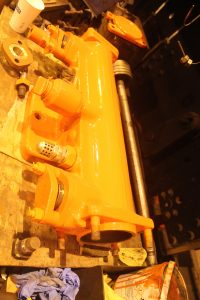
More on 9681 can be found here. Details on how you can help towards getting 9681 back into steam by joining us can be found here.
